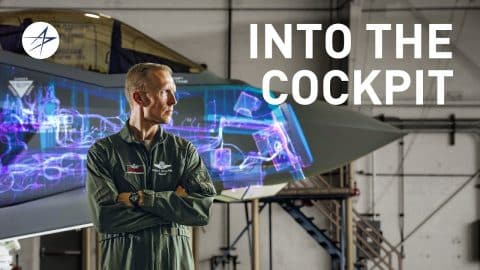
YouTube / Lockheed Martin
We always hear about the F-35 Lightning II’s impressive avionics and technology on board. Today, however, Scott “Shark” McLaren will show us the technology that makes the F-35 a fifth-generation fighter.
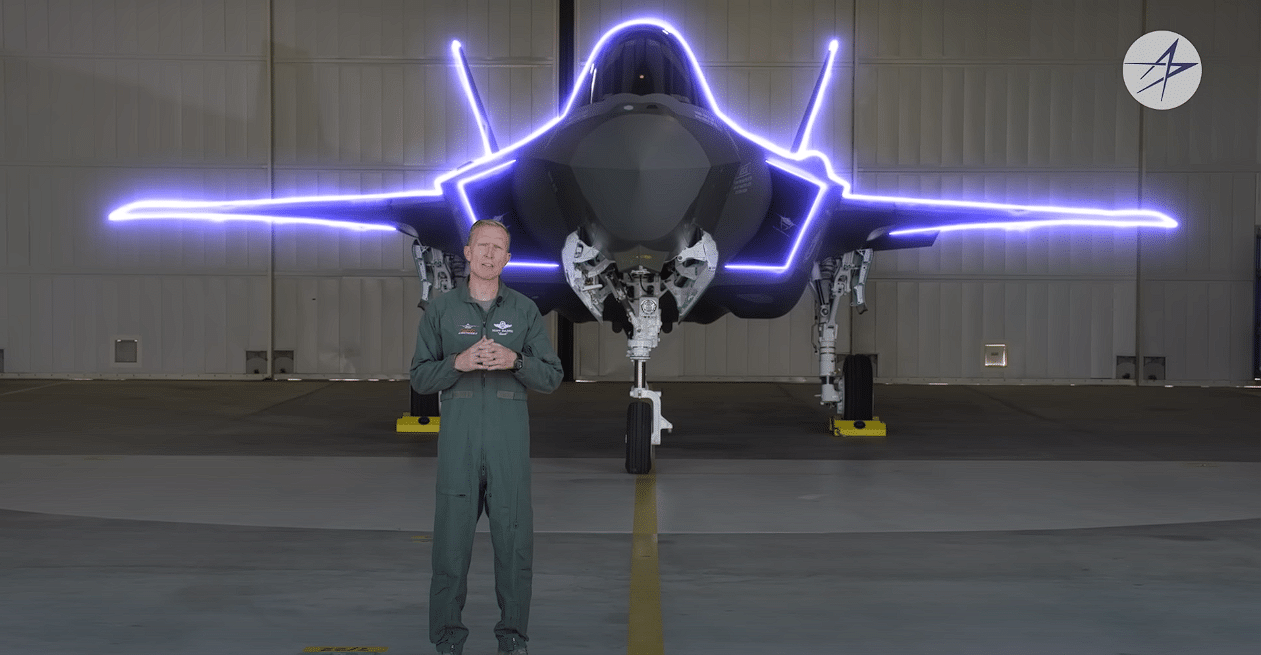
F-35s use Radar-Absorbent Material or RAM for their outside coating. It is used to decrease or absorb radar energy so that the aircraft signature is decreased. Furthermore, the design of its wings, fuselage, and tails – combined with very specific shapes and geometries, means that radar reflections can be controlled to the max extent possible.
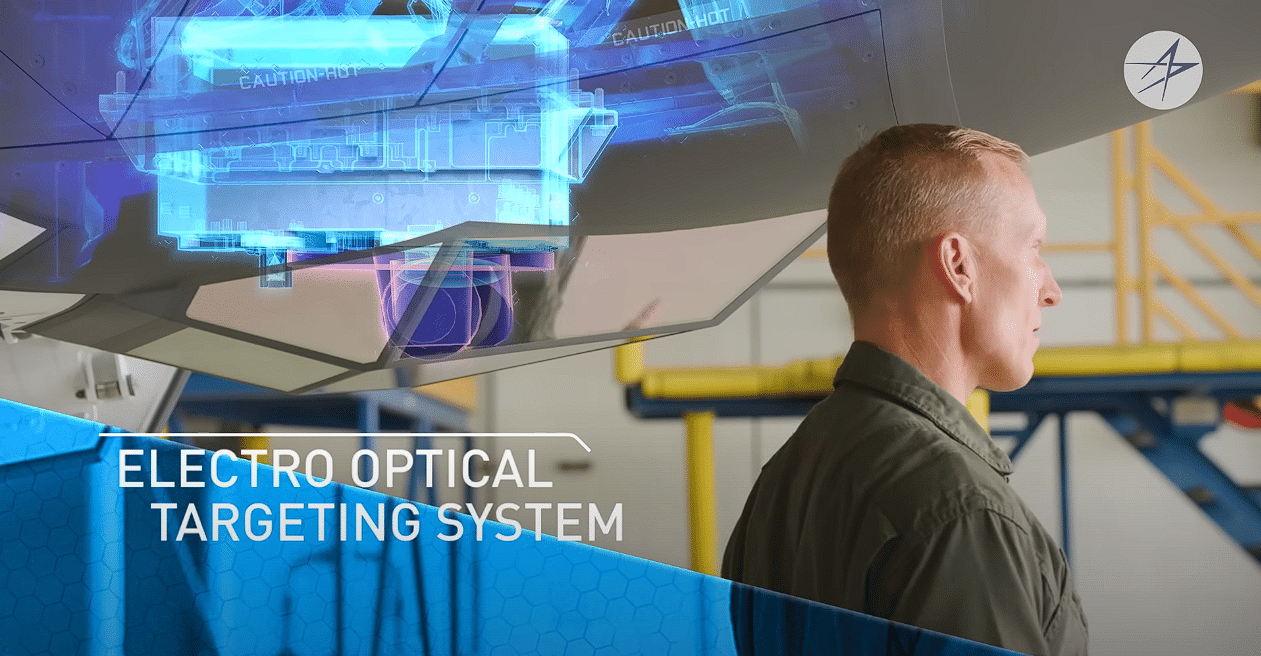
They also have advanced sensor suites like the Electro-Optical Targeting System or EOTS. These are integrated directly into the airframe, meaning there is no need for a targeting pod on the outside. It combines a forward-looking infrared and infrared search and checks. By using this design, the F-35 can detect threats like never before while giving the pilot the ability to precisely deliver laser-guided and GPS-guided munitions from their aircraft.
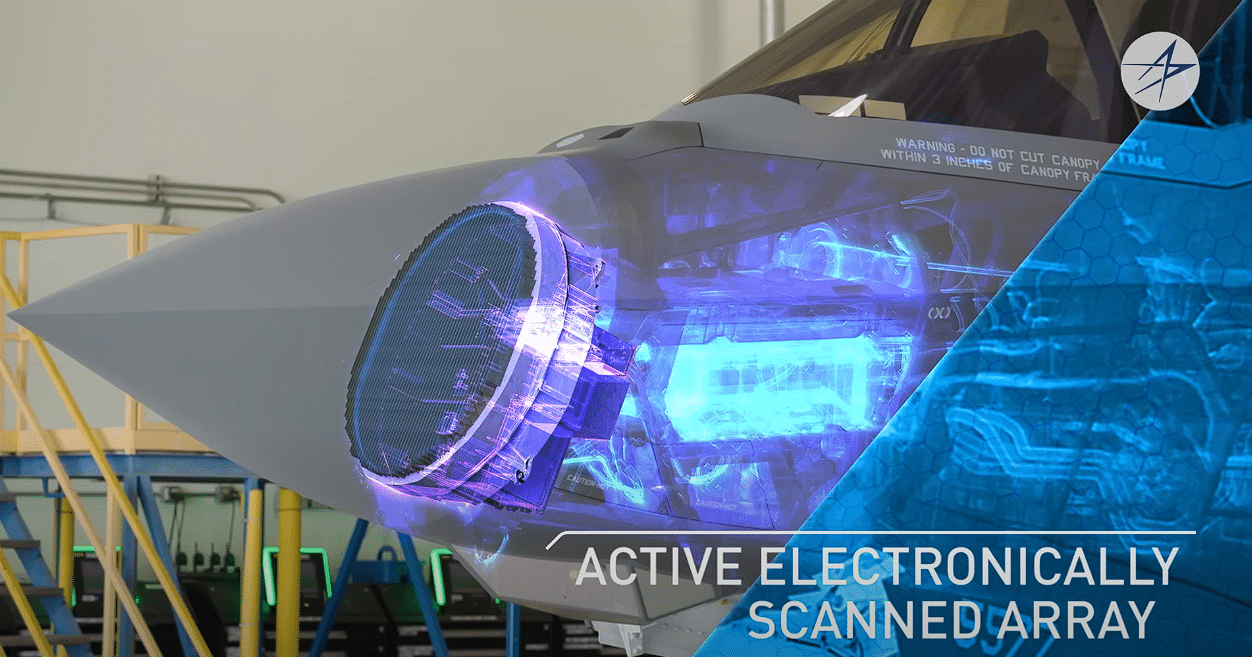
Located in the nose, just right above the EOTS, is the most advanced radar system in production – the AESA radar. The Active Electronically Scanned Array radar can detect, locate, and identify multiple threats at long range using active and passive modes, providing situational awareness to the pilot.
It differs from previous radars in that it is composed of a single array of mini transmitters and receivers that form a beam of radio waves that can be steered and controlled electronically. The radar is also capable of suppressing adversary air defense systems through electric attacks by directing RF energy at the target.
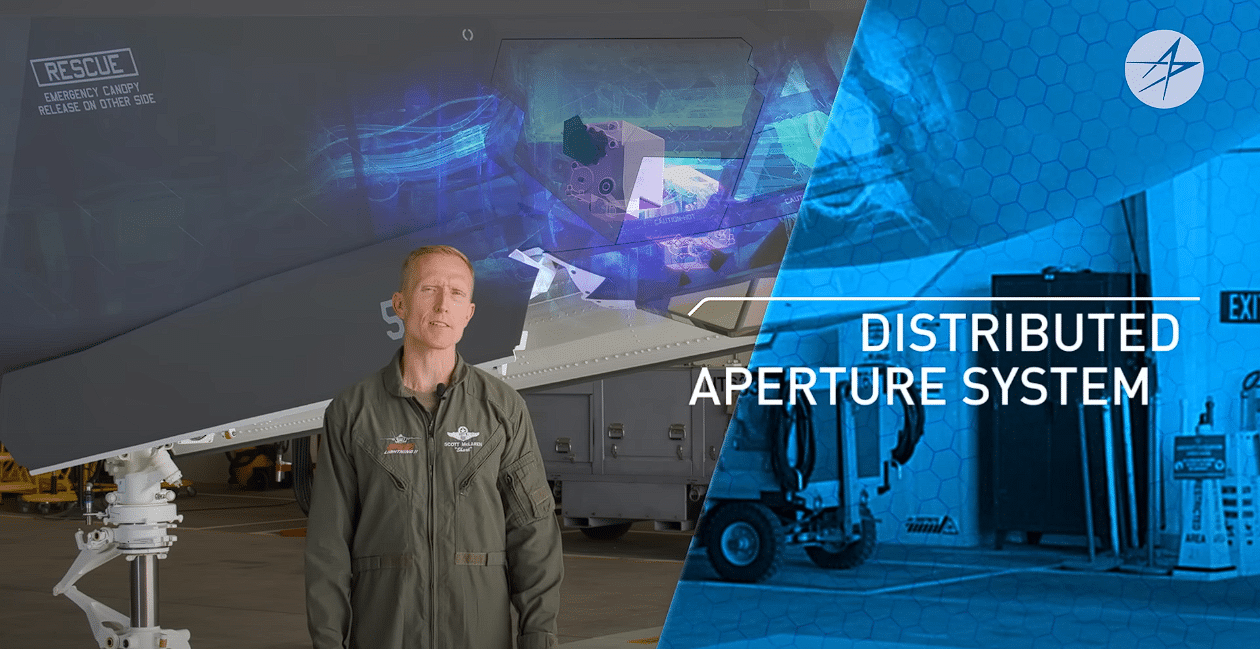
DAS or Distributed Aperture System is a first-of-its-kind 360-degree situational awareness-producing system. It consists of six mid-wave infrared cameras outside the aircraft, creating a protective sphere of information coverage around the F-35. The system can pinpoint threats, relay precise tracking information, and provides night vision and fire control capabilities, increasing the survivability of the aircraft.
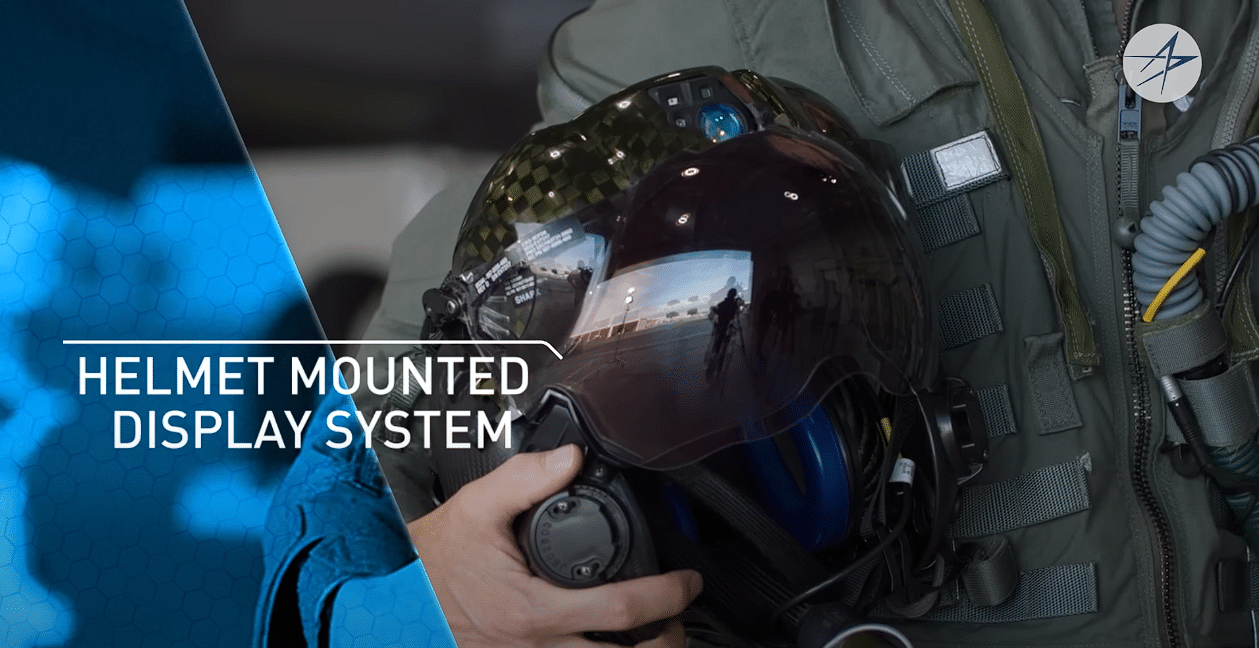
Pilots use their individually-specific Helmet-Mounted Display System to make sure that all information displayed remains visible while flying the aircraft.
“It’s an augmented reality that puts all the basic flight information, fused data information, and the targeting information wherever the pilots happen to look.”